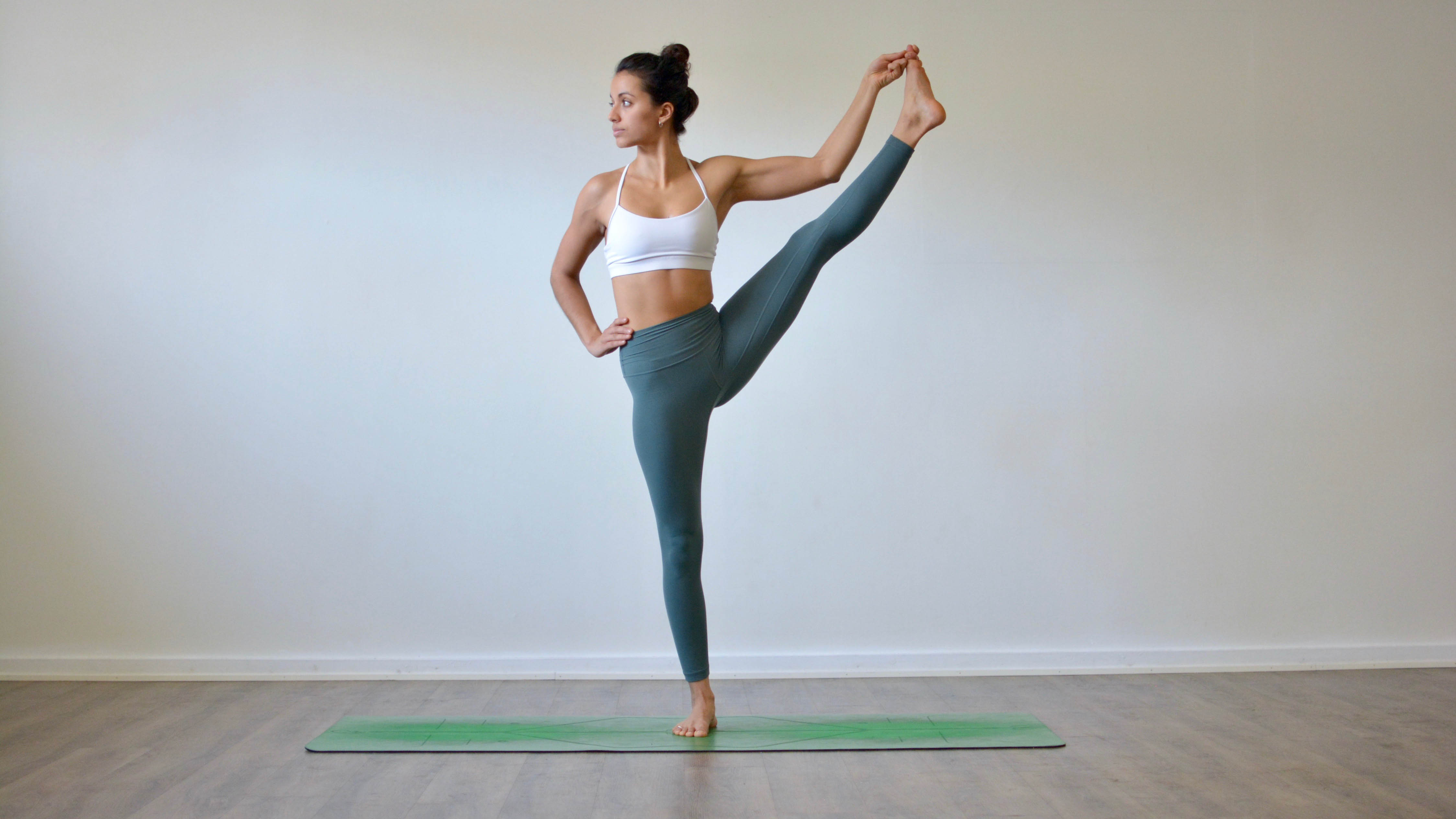Ashtanga Vinyasa Yoga Beginner

Ashtanga yoga is amongst the most dynamic or energetic forms of yoga. Many yogis usually describe it as a yoga style that is physically demanding. One notable thing about ashtanga yoga is that yogis get to perform a particular number of yoga poses, which are in a particular order. During these poses, yogis are required to synchronize their breathing with movements, in a flow known as Vinyasa. This is a traditional hatha yoga style promoted by Pattabhi Jois from Mysore, India. Ashtanga vinyasa yoga originates from an ancient text, known as Yoga Korunta. Vamana Rishi wrote this text, and then Rama Mohan imparted the text to Sri Krishnamacharya in early 1900. Krishnamacharya later imparted the text to Pattabhi Jois in early 1927.
Ashtanga Yoga System
There are six asana sequences in Ashtanga Yoga. The most practiced and famous one, Primary series, that is known as Yoga Chikitsa that translate (yoga therapy) is supposed to detoxify and realign the body. The second series that goes by as Nadi Shodana (nerve cleansing), acts to further purify the nervous system and spinal energies. Then there is the advanced A,B,C and D Series, Witch are known as Sthira Bhaga (divine grace)
Ashtanga Yoga and Ashtanga Vinyasa
Ashtanga is a Sanskrit word, meaning eight parts. The word “Ashtanga” is very important in yoga philosophy, and it refers to the ultimate road in Patanjali’s yoga sutras. Originally, Ashtanga yoga means a doctrine that lasts for a short time, and the yoga style is known as Ashtanga Vinyasa. However, many people refer to this yoga style as Ashtanga Yoga in the western world.
Ashtanga Yoga Primary Series
Surya Namarskar A – Suraya Namarskar B
Standing Postures
Seated Postures
Finishing Sequence
The Final Three
When to do Ashtanga Vinyasa
Ashtanga Vinyasa yoga is suitable for anyone who wants to be more powerful or tougher, increase their mobility or add more energy to their body. Besides, this form of yoga is good for people who are stressed or those who need time to relax.
Do I Need Props During Ashtanga practice?
The in the traditional Ashtanga yoga, no props are required, other than a blanket and sticky yoga mats. However, modern ashtanga yoga teachers allow their yoga students to use props like blankets, a wall, blocks, and even weights during their yoga classes. These props assist the yoga students to practice the postures easily and even perform the postures safely. Also, the props allow for better alignment. But, advanced yogis don’t require any props since they are experienced in Ashtanga yoga practice.
Because ashtanga yoga is a very demanding type of yoga, always be careful with your body during your yoga practice session.
Practicing yoga is not a performance, therefore, exercise patience with your mind and body
Every yoga posture is meant to prepare you for the next yoga posture in the sequence, boost your strength, and the balance you need to proceed to the following yoga series.
[……]
